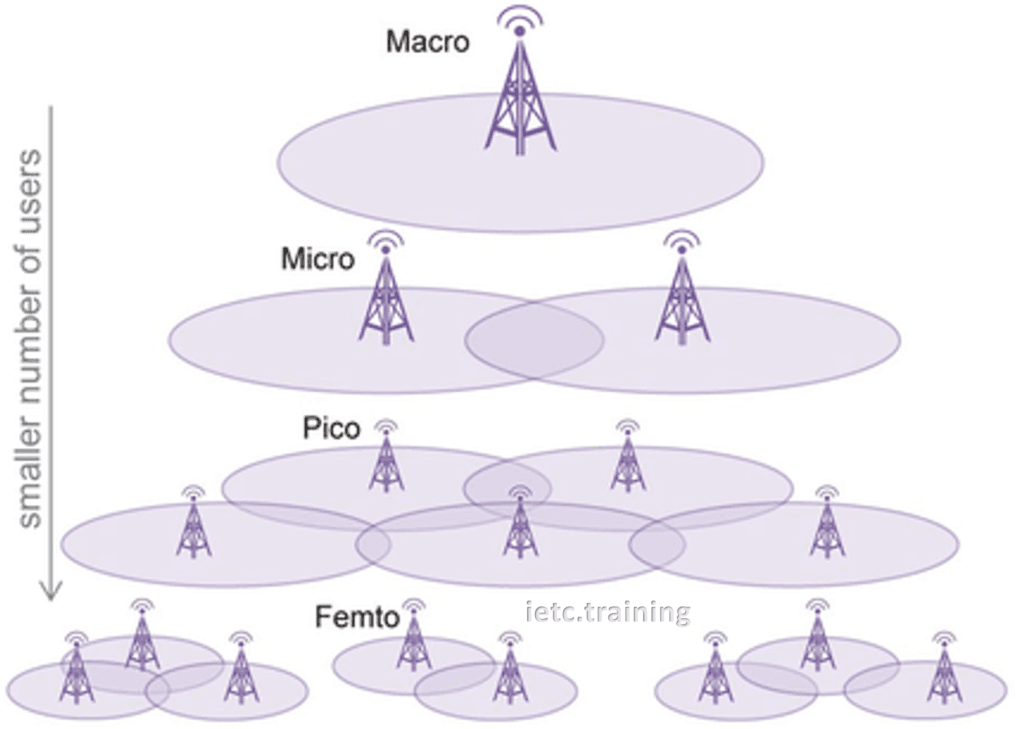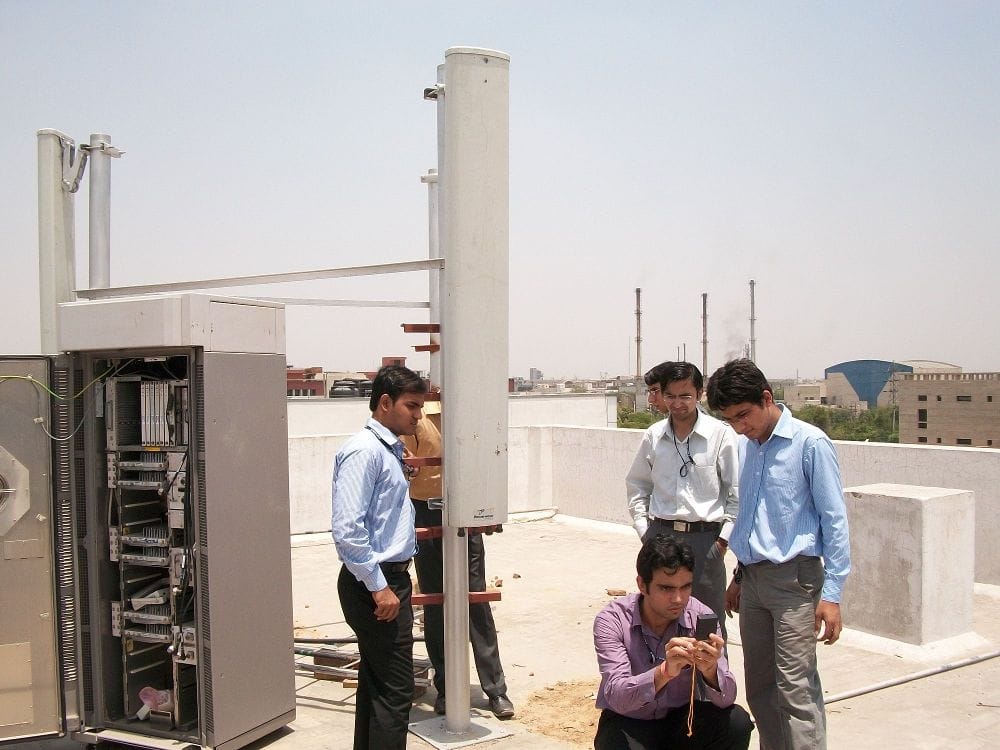In an increasingly connected world, mobile networks are the backbone of our digital lives. Behind every seamless call, quick download, and video stream is a complex, meticulously engineered infrastructure – and at the heart of this infrastructure is mobile site engineering. Mobile site engineering combines civil engineering, telecommunications, and power solutions to build, optimize, and maintain the cell towers and small sites that ensure our mobile devices stay connected. But what exactly is mobile site engineering, and why is it so important?
Understanding All Types of Mobile (Cell) Site
At its core, mobile site engineering refers to the design, construction, and maintenance of the physical sites where mobile network equipment is installed. These sites are often categorized into six types:
1. Macro Sites
- Definition: Macro sites are large, high-powered cellular sites that provide broad coverage, typically used in suburban and rural areas where long-distance signal reach is needed.
- Features:
- Located on tall structures, such as towers, building rooftops, or hilltops, to cover vast geographical areas.
- Serve multiple users across several kilometers.
- High transmission power, often 20–40W per sector.
- Ideal for providing coverage to large areas with fewer sites.
- Use Cases: Highways, rural regions, and suburban areas where population density is low but coverage needs are extensive.
2. Micro Sites
- Definition: Micro sites are smaller than macro sites, with a focus on improving capacity and coverage in densely populated urban or suburban areas.
- Features:
- Generally placed on lower-height structures, such as street poles or building walls.
- Cover smaller geographical areas than macro sites (typically around 200 meters to 1 kilometer).
- Lower transmission power than macro sites, often between 5–10W per sector.
- Useful for filling in gaps in coverage or boosting capacity where user demand is high.
- Use Cases: Busy urban locations, such as city centers, business districts, or malls, where macro sites may not be able to handle peak user demand alone.
3. Small Cell Sites
- Definition: Small cell sites are compact, low-power sites designed to support network density and fill in coverage gaps, especially in urban environments.
- Features:
- Typically mounted on street infrastructure (such as lampposts, buildings, or traffic signals).
- Cover very localized areas, usually less than 200 meters.
- Operate at low transmission power, often under 1W, minimizing interference with macro and micro sites.
- Essential for supporting 5G and other high-capacity demands in urban settings.
- Use Cases: Urban environments with high user density, such as sports stadiums, shopping centers, and busy city streets, where coverage and capacity need to be maximized.
4. Ultra Small Cell Sites
- Definition: Ultra small cells, also known as femtocells or picocells, are the smallest class of cell sites, focusing on providing coverage for very confined spaces.
- Features:
- Extremely low transmission power, often less than 100mW, allowing them to cover only a few meters.
- Often placed indoors or in very tight spaces to boost connectivity and capacity.
- Serve a limited number of users in small areas, typically within homes or offices.
- Use Cases: Residential areas, small offices, or specific spots within buildings that need enhanced coverage due to weak signals from macro, micro, or small cell sites.
5. In-Building Solution (IBS)
- Definition: In-Building Solutions (IBS) are designed to improve network coverage inside large buildings where external sites may not be able to penetrate effectively.
- Features:
- Uses Distributed Antenna Systems (DAS) or small cells within the building.
- Antennas are strategically placed throughout the building to cover all areas, such as basements, elevators, and thick-walled rooms.
- Tailored to overcome obstacles like concrete walls and interference from other electronic devices within the building.
- Use Cases: Large commercial buildings, malls, hotels, hospitals, and airports, where internal signal quality is crucial for user experience.
6. Customer Premises Equipment (CPE)
- Definition: CPEs are small, user-installed devices that enhance network connectivity for end-users at their premises.
- Features:
- Typically includes equipment such as femtocells, signal boosters, or routers designed to strengthen cellular signals indoors.
- Easy to install, often set up by end-users at home or in small offices to improve connectivity.
- Allows users to have better indoor coverage even if the macro or small cells nearby cannot penetrate well indoors.
- Use Cases: Homes, small offices, and remote areas where users need dedicated, improved signal quality due to weak outdoor coverage.

All Possible Site Types, Pico and Femto could be used as IBS for large areas
Each of these site types plays a role in providing seamless and reliable mobile connectivity, and they are strategically deployed based on area-specific needs, user density, and network requirements. In the era of 5G, the importance of these sites continues to grow, as they enable ultra-low latency, high-speed connectivity, and support for IoT and smart city applications. Mobile site engineering carefully integrates each of these site types to ensure a cohesive and robust network that can adapt to user needs and technological advances.
At IETC we offer industry-leading training for both technical and non-technical professionals in the field of mobile site engineering. With our comprehensive courses, participants gain the skills needed to understand, design, and manage mobile network infrastructure effectively. Our expert-led training covers everything from macro and micro site deployment to advanced topics like In-Building Solutions (IBS) and Customer Premises Equipment (CPE). Designed for professionals at all levels, IETC’s courses bridge the knowledge gap, empowering participants with practical insights and best practices to excel in today’s fast-evolving telecommunications landscape.
Check our programs https://ietc.training/programs/

